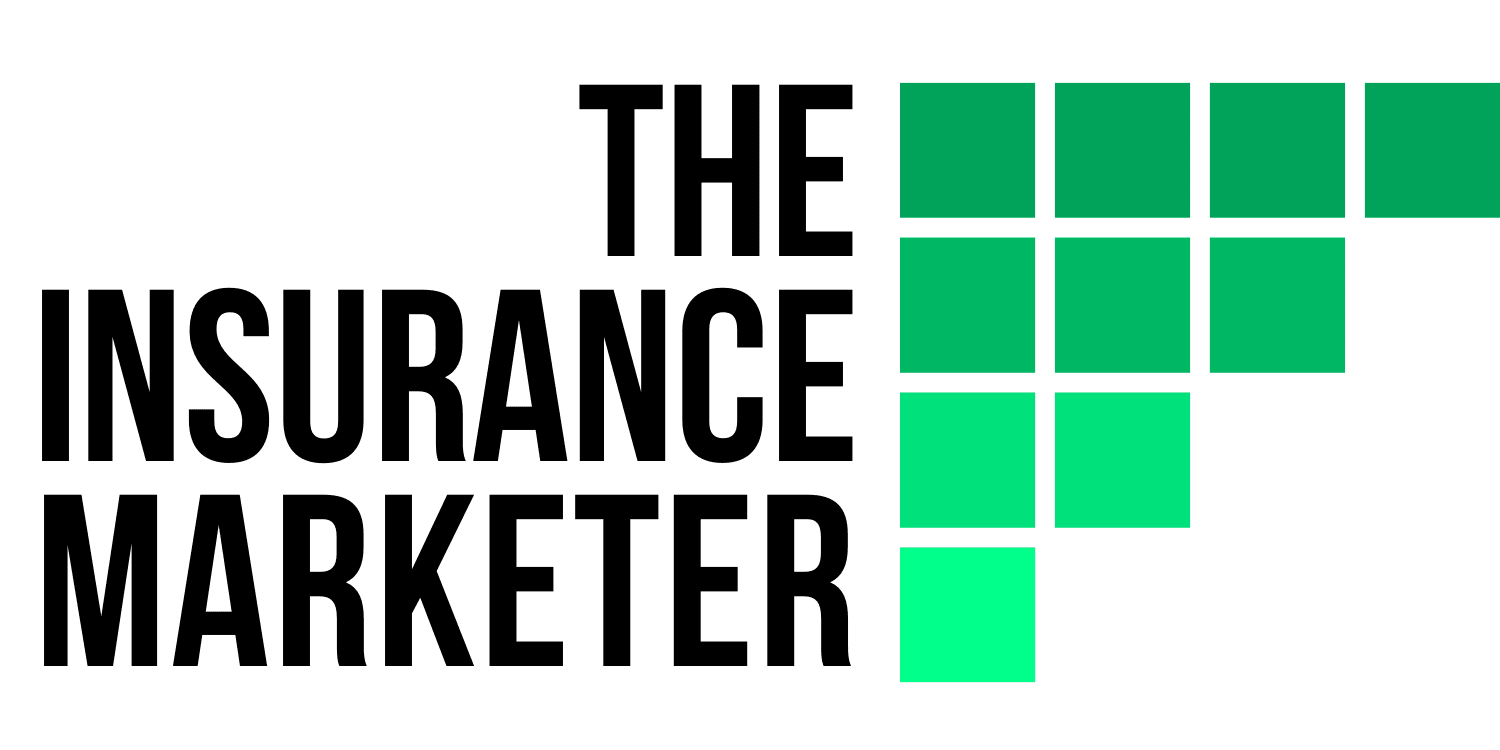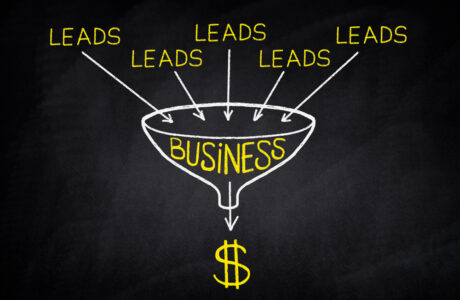You’ve had this idea of selling health insurance from home in your mind for some time. You know people are already doing it but don’t exactly know where and how to start. Or you just want to see what is required or is it right for you for that matter. If that’s you, keep reading.
In general, you can sell health insurance from home as long as you are licensed to do so in your state. You may also promote health insurance by joining affiliate programs to earn a commission for sending traffic to a carrier’s website without a license.
Why selling health insurance from home?
The US has the highest per-capita healthcare cost in the world. But about 44 million people in this country do not have health insurance, and another 38 million have inadequate health insurance.
If you think it’s a great idea to let people and their families have access to healthcare and live a healthy life, selling health insurance from home could be a good place to start.
ALSO READ:
Selling insurance from home also has these benefits:
- Save you time from commute or travel to and from the client’s location
- Save you gas by driving less
- Save you mileage on your car insurance (if you use UBI insurance)
- Let you serve more clients who may be far away from you
Who could sell insurance from home?
Although there is no educational requirement for being an insurance agent/broker, you may do better than the others if you like to help people and provide helpful after-sales service.
Below are a few types of people who have the advantage over others when it comes to selling health insurance, be it from home, online or part-time:
People magnets: Obvious enough, you are good at drawing people’s attention and they listen to you. And if you have topics to talk about life, health, or pets, you are a good fit. I can imagine you will be telling stories or sharing experiences they people love to hear – with the phone, via video calls, with videos and the likes.
Veteran insurance agents/brokers: Your knowledge and background in insurance, as well as your life experience, will certainly differentiate yourself. Young agents may not be able to identify the insurance need beyond their age group.
Online niche experts: If you are already in a niche, such as health and fitness, relationships, parenting, family, sports, or life coaching, your followers will need health insurance too. And why not leverage this relationship you already have and create a new stream of income with insurance?
What kind of license do I need to sell insurance from home?
There are two ways you can earn a commission by selling (or promoting) pet insurance:
If you sell health insurance as an insurance agent or broker – through face-to-face meetings, telephone calls, or online channels – you’ll need an Accident and Health Agent (A&H) license or a Full Life Agent license (which includes Life, Accident, and Health).
The benefit of obtaining Full Life Agent license is you are considered competent and qualified to sell other products in the lines of Life, Accident and Health.
This means you are open to more opportunities when you have accumulated a client base.
If you sell (or promote) health insurance through affiliate programs – by sending traffic to an advertiser (usually an insurer’s website or product comparison website), and let them do the selling and servicing, there is no requirement for a license.
This can be done purely online. Once you’ve joined an insurance affiliate program, you can create referral links that send and track traffic to an insurer’s website.
When someone clicks through the link to request a quote or make a purchase, you earn a commission as an affiliate marketer.
I also argue the best type of insurance to be sold online is health insurane. Read this post to find out more:
Can you sell insurance in a state you don’t live in?
When a person is licensed by the state in which they intend to sell life insurance, that license is their “Resident License” only. It allows for the sale of insurance in the state that it was issued in, but only in that state.
If you intend to sell insurance in another state, you must obtain a “Non-Resident License” for that particular state.
You can apply online by going to the National Insurance Producer Registry (NIPR) website for most states. To apply, you will need your resident state license number and your national producer number (NPN).
How much can I earn selling health insurance from home?
Work From Home / Remote Health Insurance Sales Agent (Full-Time)
According to ZipRecruiter, as of May 1, 2021, the average annual pay for an “Health Insurance Sales Agent” in the United States is $74,377 a year.
A recent job ads shows the annual salary for a “Remote Health Insurance Sales Agent – Leads and CRM Included” in Seattle is also $75,000 – $150,000.
Through Affiliate Program (Part-Time / Passive Income)
A commission can be earned if you promote health insurance through affiliate programs by referring traffic for a quote or an application. The commission can range from $5-$16 per lead or up to $162 per sale.
Let’s do an estimation. If you could send 2 prospects for a quotation per day, you will earn an average of $630 ($5+$16 / 2 x 30 days x 2 quotes) per month. Say, if one out of ten coverts, you will have six sales and earn up to $972 per month.
That adds up to $1,602 per month or $19,224 per year.
If you would look at this as a side-hustle that may get you passive income while you are sleeping, at the same time having a full-time job, that’s not bad at all.
ALSO READ:
How to sell insurance from home? (a deep dive into the customer journey)
Insurance is a people’s business. It’s about feelings (especially for life insurance) and involves emotions. You will need to understand the client’s needs, build trust and relationships, and most importantly show empathy.
How to do it?
By identifying the goals, questions, or pain points they may have in each phase of the customer journey, you can add value by providing information or solution to help your customers make better decisions, and eventually move them towards the closing phase.
Let’s go through the customer journey of a health insurance purchase. In general, there are six phases in the journey from start to close, and they are:
- Awareness Phase
- Research and Comparison Phase
- Consideration Phase
- Application Phase
- Underwriting Phase
- Policy In-Force Phase
I will show you how you can add value in each phase. This applies to all means of selling (face-to-face, remote, or online) regardless. Let’s get to it.
Awareness Phase
First and foremost, the awareness phase begins when a prospect realizes or starts to realize he/she has the need to shop for insurance. The common trigger point may be reaching a certain age (for private insurance) or the open enrollment period (for ObamaCare).
User’s goals: Your prospect would like to understand how a plan works for his/her situation.
Possible questions or pain points:
- Where should I start?
- How does health insurance work?
- What is covered and what is not?
- What are my options?
- How much should I spend?
How to add value?
- Establish trust and let your prospect knows you are knowledgeable in this line of business
- Concentrate on answering their questions in this phase
- Provide online content such as blog posts, FAQs or explainer videos to get the message across
Research and Comparison Phase
This is the information-gathering phase. A prospect is going to spend more time consuming longer forms of content to get a better understanding of your brand, your products, and your service.
User goals: To research for and compare different options in the market.
Possible questions or pain points:
- What aspects should I be looking for in a plan?
- What will affect the premium?
- Are insurance comparison websites legit?
- Should I buy on price?
How to add value?
Chances are your prospect is now navigating through different brands, you should try to engage with them by providing additional information about their products and services.
Again, continue to build trust and show authority within your domain.
Schedule a phone call or video call to answer their questions whenever possible.
Consideration Phase
Also known as the “evaluation” phase, here your prospect comes down to 2-3 brands. They know these brands can solve their problem or provide what they need. But they are still weighing if one brand is better than the other for him/her in particular.
User goals: To evaluate 2-3 options. Attempt to choose the best among them.
Possible questions or pain points:
- What is covered and what is not in a plan?
- Should I really buy online or through an insurance agent? What’s the difference?
- How do I know if an insurer actually pays out claims?
- Is their CS helpful?
- What kind of support do I get if I need to file a claim?
- How long does it take to get reimbursed?
- Can I appoint someone else to take care of my claim if I get really sick?
This is the closest step you can move a prospect to a customer. Show your prospects how it is like to be your customer.
More than often, they just need someone to give them encouragement or remove that obstacle for them.
Allow for some drop-offs from this phase. Continue to build the relationship if the prospect is not ready to convert at one time. You may ask them if you can contact them again for future promotions or insurance tips.
Application Phase
With the application phase, the prospects will become your customers by filling out the application forms and completing the payment.
User goals: To get the application form filled as quickly as possible and get covered.
Possible questions or pain points:
- How long will the process take?
- What kind of health information will they ask?
- Do I need a medical examination to qualify for the coverage?
- What’s the next step after I submit my application?
- Under what circumstances will my application be declined?
- What are the payment options?
- Is there any discount?
How to add value?
- Make it simple and don’t let the customer think too much
- Set expectations: make it clear on how long will the application take and how many steps are there in the process
Underwriting Phase
This phase begins with the customer submitting the application. The insurer will determine whether they would accept this application.
User goals: To get the updated status of the submitted application, and get approved as soon as possible.
Possible questions or pain points:
- How long does the application process take?
- Can I check the status of my application?
- What are their criteria for approval?
- Can I still get insurance from another provider if I am declined?
How to add value?
This could be the most frustrating phase of the entire journey. Imagine you have paid for something and not sure when, or even whether you will get the benefit of it.
- Be transparent about the process
- Show empathy, be supportive and care about feelings
- Send timely update on application progress (e.g. by email or SMS)
Policy In-Force Phase
It’s time to create a delightful onboarding experience for the new relationship. And from this point, they should continue to serve the client the best they can as long as the policy is in force.
User goals: To be assured that it is exactly the coverage he applied for.
Possible questions or pain points:
- What should I do with my policy?
- Should I read through all the Provisions, Terms and Conditions?
- Where is the contact information if I need help on policy servicing or claims?
How to add value?
- Don’t assume they’ve already understood every single detail of the policy at this point – keep educating them about their coverage
- Continue to build a long-term relationship with your customer
By having a good understanding of your customer’s questions or pain points, you’ll know exactly how to engage with them with the most relevant information.
This applies to both selling from home or in person, as long as you can have your customer make informed decisions and save their time.
What’s Next?
At the end of the day, insurance is all about people, emotions, and feelings. While being in front of clients works best across all businesses, the reality is this isn’t always an option.
Whether you want to test the water by starting out in your home office with minimal setup or take advantage of online marketing to earn a passive income with affiliate programs, selling health insurance from home could be the next big thing.
Resources
Resources for Agents and Brokers in the Health Insurance Marketplaces | CMS (HeathCare.gov)
Quick-start guide: 5 steps to start selling Marketplace health & dental plans (HealthCare.gov)




